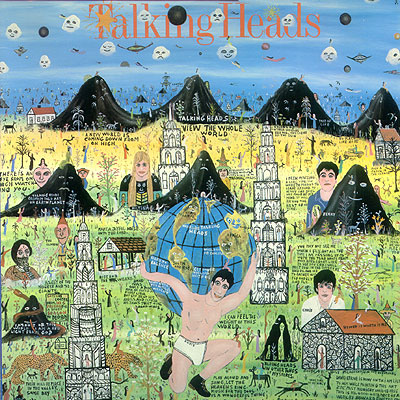My website has a Seattle section; why doesn’t it have a Boston section? I’ll pull one together pretty soon, but the plain truth is that Boston isn’t so new to me the way Seattle was.
Still, every now and then I find things that make me think about the city. Every morning on my way to school I walk through the plaza at Government Center. It’s a big brick and concrete bowl that has an amphitheatre area, a stage, an assembly plaza, and a bunch of other stuff in it. The plaza drops something like two stories from Congress Street down to Faneuil Hall. It’s surrounded by large civic and commercial buildings–City Hall in particular, winning my award for ugliest concrete monstrosity this side of the FBI Building. From the base near City Hall it can look a little like the amphtitheatre at Siena through which the palio runs, but without the cafes, shops, and good architecture that distinguish that space. Most days it’s just a place to rush through, though sometimes during the summer you see people eating lunch there.
The irony is that until the 1960s the place was pretty happening, though in an unsavory kind of way. Scollay Square (warning: cheesy music at that link) was notorious for being an area of ill repute–prostitution and other kinds of crime were apparently pretty common, as well as less illegal but still fairly disreputable entertainment like the tassel twirling Sally Keith…
But there’s still some life in the place. You just have to know where to look for it. In the days after the crash, people gathered for vigils and prayer services. Every third day or so the news trucks roll to the back of the plaza to support the crews who cover City Hall. There are always vendors hawking papers right outside the doors of the T station, sometimes in song as the Boston Globe guy was this morning.
The thing that struck me most this morning, though, was the trees. At this point in Vermont, New Hampshire, and Maine, most of the trees are either in the last spasms of their fall colors or have lost their leaves entirely. This morning, though, I looked up into a crown of green around the rim of the bowl of the former Scollay Square. It seemed to be saying to me, Don’t rush. Enjoy the end of the green while it lasts.
Today’s music: “See Jane” by Shannon Worrell, a Charlottesville musician who I first saw play in the Corner Grill in 1993 and who I always thought had the potential to go the distance. (Unfortunately her deal with the record label The Enclave folded when EMI was in its mid-90s throes and she fell off the map.)
Trees half turning
One branch in summer, another one burning
Can’t decide to stay
Can’t decide to stay
Or surrender to November
Good reading: The Fear of the Radical Alien: Boston Italians Between the World Wars. A really fascinating study of the culture of the North End that ties in Sacco and Vanzetti as well as the impact of multiple waves of immigration.


